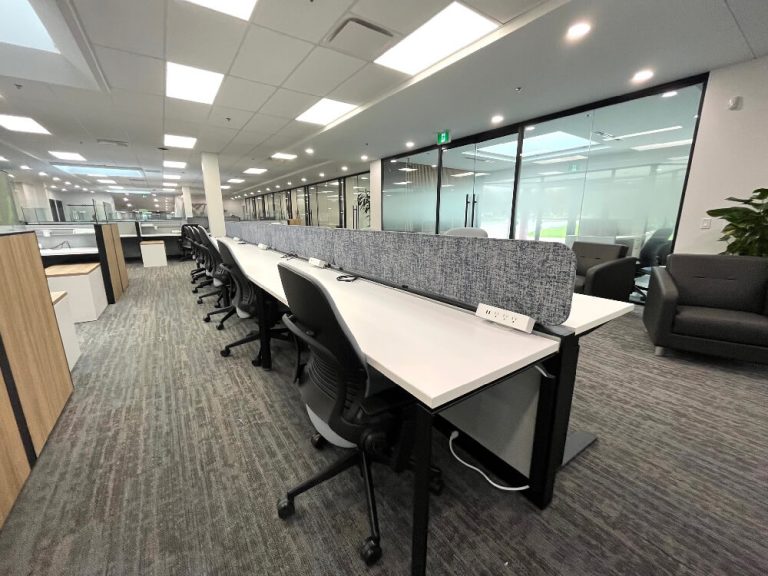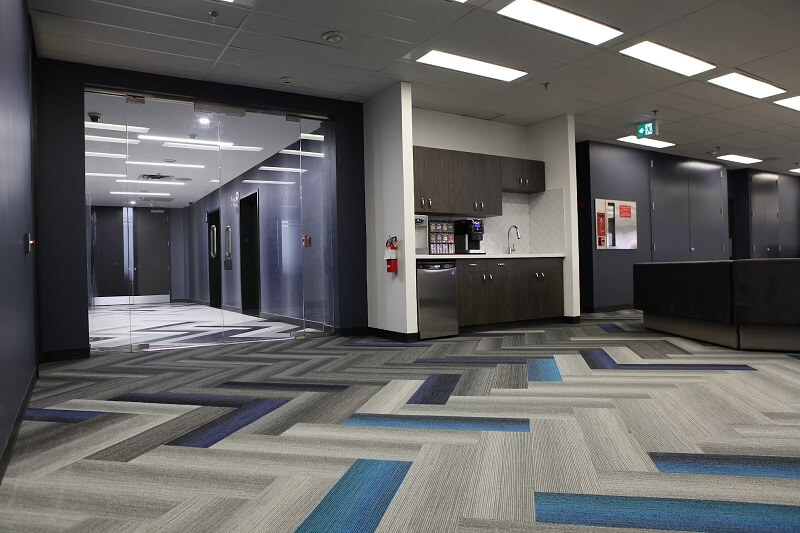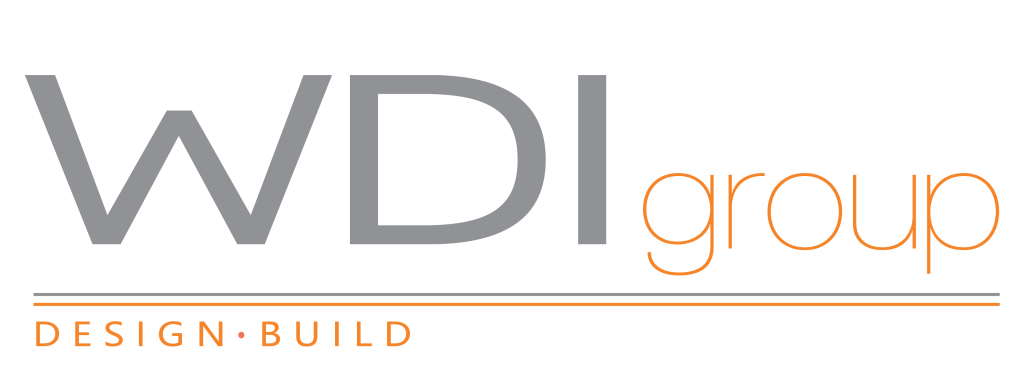How to Account for Tenant Improvement Allowance?

The tenant improvement allowance (TIA) is a valuable, yet often overlooked, resource for business owners to improve their office design and furnishings to boost their team’s productivity, collaboration and morale. How?
It provides the funds to facilitate modifications or upgrades to a rented space. By leveraging the tenant improvement allowance to offset the cost of enhancements, such as a revamped layout or new furnishings, business owners can create a more inviting and functional workspace that aligns with a company’s culture and brand.
Frequently, a lack of comprehension regarding TIAs and their financial implications leads to confusion and reluctance. Amid the fast-paced nature of business, it’s easy for these important considerations to get lost in the shuffle and eventually neglected, which is why we’ve prepared this post about how to account for tenant improvement allowances.
Businesses in Canada & TIAs
Tenant Improvement Allowances (TIAs) are a common feature of commercial leases in Canada. TIAs can be used to incentivize tenants to sign leases and to offset the cost of improvements made to the leased premises.
The accounting treatment of TIAs is generally recorded as a deferred rent liability on the tenant’s balance sheet and as a deferred revenue liability on the landlord’s balance sheet. At the end of the lease the landlord owns the completed space and full build out.
Under Canadian Generally Accepted Accounting Principles (GAAP), TIAs are recognized as a liability and are amortized over the lease term. The tenant amortizes the TIA over the lease term as a reduction in rent expense, while the landlord recognizes the TIA as revenue over the lease term.
The amortization of TIAs is typically the same amount recognized as rent expense or revenue each period over the lease term. It is crucial for businesses to track tenant improvement allowances and what it was spent on.
It’s important for Canadian businesses to properly account for TIAs in their financial statements to ensure compliance with accounting standards and to provide investors and stakeholders with accurate financial information. Transparent disclosure of TIA arrangements is also important for investors and stakeholders to understand the impact of TIAs on financial statements.
In terms of tax implications, a typical tenant improvement allowance may be treated differently in Canada than in the US. Canadian tax laws may allow for different deductions or capitalization rules for TIAs, depending on the nature of the TIA and the specific tax rules in the applicable province or territory. Proper accounting for TIAs is important for compliance with accounting standards and for providing accurate financial information to investors and stakeholders.

Tenant Improvement Allowance Accounting
Tenant Improvement Allowance (TIA) accounting refers to the process of recording and tracking TIA transactions in a company’s financial records. TIA is a common feature in commercial real estate leases, in which the landlord provides funding to the tenant to make improvements or modifications to the rented space.
The TIA accounting standards process typically involves the following steps:
Record the TIA as a Liability
The landlord pays the TIA amount to the tenant. It is recorded as a liability in the journal entry on the tenant’s balance sheet. This represents the amount that the tenant owes to the landlord and must repay from lease commencement to the term of the lease.
Capitalize the Improvements
The tenant then uses the TIA funds to make improvements to the office space. The cost of these improvements is capitalized and recorded as a fixed asset on the tenant’s balance sheet.
Amortize the TIA
The TIA is then amortized over the term of the lease, typically using the straight line basis. This means that the amortized tenant improvement allowance liability on balance sheets is reduced by a fixed amount each year until it is fully repaid.
Record Depreciation Expense
The capitalized improvements are depreciated over their useful life, which is typically longer than the lease term.
It is important to accurately track TIA transactions and ensure that they are recorded in accordance with Generally Accepted Accounting Principles (GAAP). This can help companies manage their cash flow, accurately report their financial results, and comply with accounting standards.
Commercial Real Estate & TIAs
The TIA is an important component of a commercial lease and rental expense and can help to offset the costs of tenant improvements, making it easier for tenants to customize the space to meet their specific needs and preferences. Office construction and design leasehold improvements require experts in build outs in order to stay on budget and build according to municipal standards and laws.
TIA is a negotiated amount of money that the landlord agrees to pay towards the cost of the tenant’s improvements. The amount of the TIA is typically based on the estimated cost of the improvements and can be used to cover a wide range of costs associated with the tenant’s improvements, such as construction, design, engineering, permits, and other related expenses.
The terms and conditions of the TIA are typically negotiated between the landlord and tenant and are documented in the lease agreement. The TIA may be provided as a lump sum payment at the beginning of the lease term or as a reimbursement for approved expenses incurred by the tenant during the term of the lease. In some cases, the TIA may be structured as a loan that must be repaid over time, usually with interest, built into the monthly rent.

WDI Group & Leasehold Improvements
Make your tenant improvement allowance count by engaging the services of the WDI Group. As office design specialists, we handle everything from design to construction to even office furnishing installations! When it comes to commercial real estate, WDI Group creates beautiful workspaces and makes every square foot count. Trust us to make sure your TIA is handled appropriately and helps you create the ideal space for your team.

